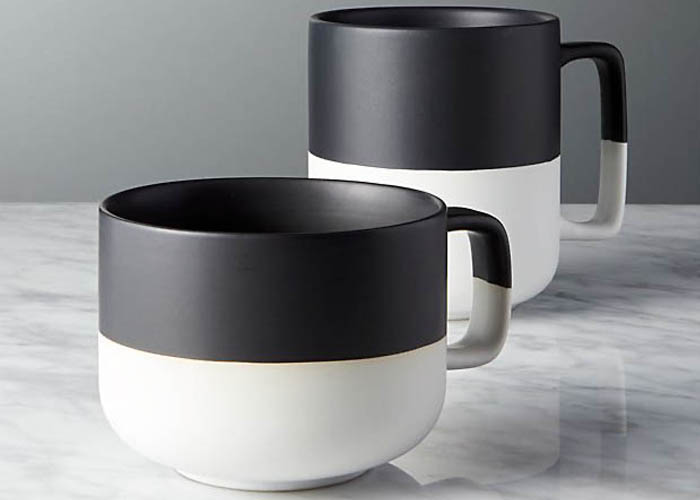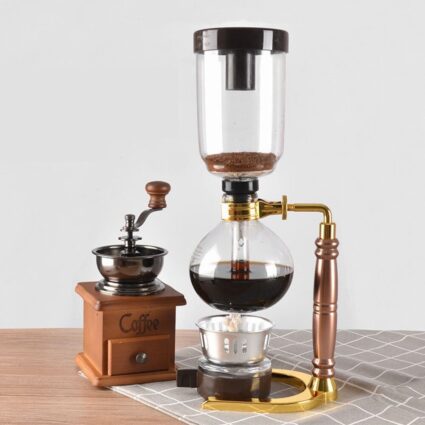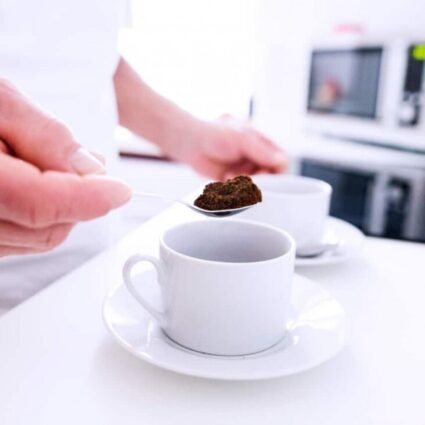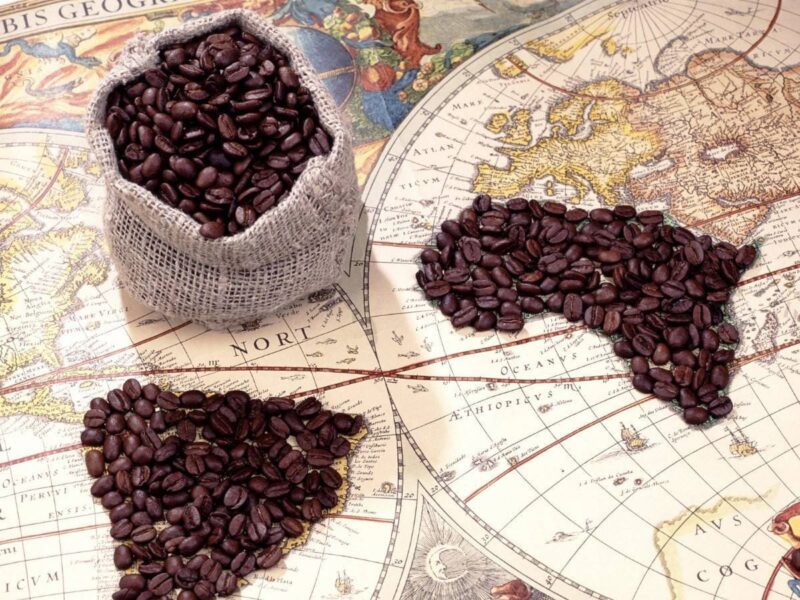Decaffeinated coffee has become quite popular all over the world, especially among people who love the aromatic taste of coffee and do not want to give up their favorite drink, but do not want to feel the effect of caffeine on their body. Apart from coffee, you can also decaffeinate tea and cocoa, which, as known, also contain the chemical compound called “Caffeine”. Robusta coffee is often decaffeinated, as it contains twice as much caffeine as Arabica, and the resulting caffeine is used in pharmaceuticals to prepare various painkillers, such as Askofen or Excedrin Migraine. As a result of decaffeination, the caffeine is not completely removed and usually the residual caffeine is 1-2 percent. In the food industry, products with up to 20 percent caffeine may be labeled “Decaffeinated,” “Caffeine Free,” or “Decaf”.
Fredlieb Ferdinand Runge first decaffeinated coffee beans in 1820 at the request of the poet Wolfgang Goethe by washing the coffee beans in hot water for a long time. Since caffeine is mainly contained in the outer layer of the coffee bean, hot water, continuously washing that layer, separates a large amount of caffeine from the bean. This process was patented by the German merchant Ludwig Roesel in 1906. He discovered the decaffeination method by accident when his cargo loaded with coffee was soaked in seawater while transporting it and lost a large amount of caffeine. However, the most interesting thing was that the taste of the coffee was not affected. Later, with the use of various acids and benzene, they began to decaffeinate the coffee, which was already sold as Kaffe HAG (Handels-Aktien-Gasellschaft) by the Company in Europe and the USA. Over time, coffee decaffeination methods have evolved along with advances in chemical technology. Currently, 5 main methods are used for decaffeination of coffee. They are:
- The Direct Decaffeination Method, when the green coffee beans are first soaked with steam and then washed with special chemicals that separate only the caffeine from the bean without harming other compounds that contain flavor characteristics.
- Indirect Decaffeination Method: when whole coffee beans are steeped in hot water for a long time, transferring the necessary caffeine to the water, then dehydrating the resulting infusion, the required caffeine is obtained.
- Supercritical Carbon Dioxide Gas Process Method, when green coffee beans are placed in a special closed container after soaking, and carbon dioxide gas under super high pressure separates the necessary caffeine from them.
- The Swiss Water Process Method, when the so-called “Green Coffee Extract” is used to separate the caffeine from the green coffee beans.
- The Triglyceride Process Method, when the green coffee beans, soaked in the aforementioned chemical compound, easily release the desired caffeine.
Perhaps it is difficult to say whether the use of decaf coffee is more useful or harmful for fertility. And while the answer is definitely not known, the choice is left to coffee lovers.

























